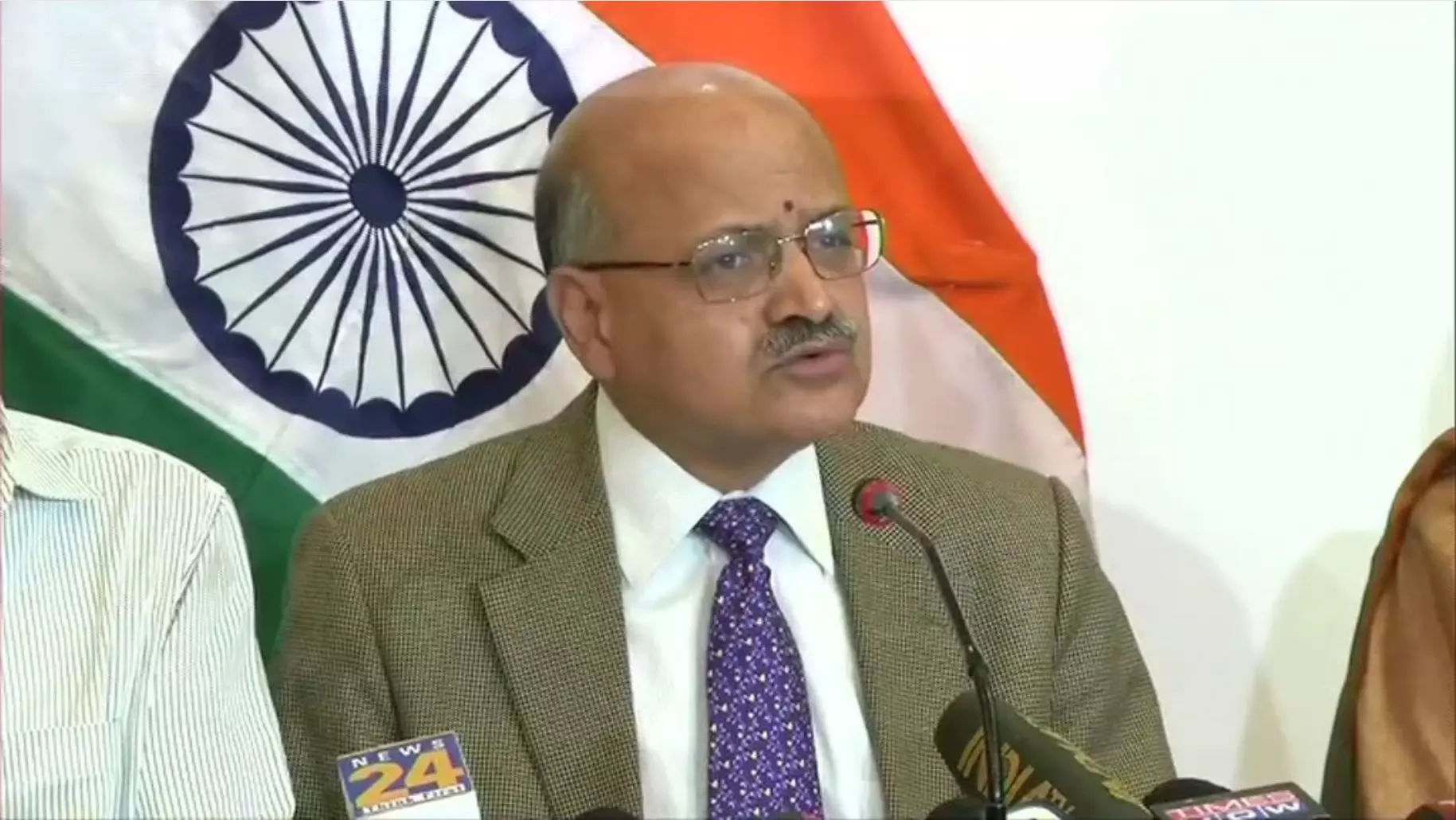
Modi sought to cut state funds, Finance Commission resisted it: Report
Yet, Modi govt achieved aim by steadily increasing cess and surcharges, knowing states are not entitled to any portion of those, says The Reporters' Collective

Prime Minister Narendra Modi tried to significantly cut funds allocated to states soon after taking power in 2014 but had to back off due to strong resistance from the autonomous Finance Commission, it has been reported.
But, down the line, the Modi government achieved its aim by steadily increasing the collection of a class of taxes known as cess and surcharges, knowing well that states are not entitled to any portion of this, it appears.
This comes out in an expose by Shreegireesh Jalihal and Nitin Sethi of The Reporters’ Collective, published by Al Jazeera. The Reporters' Collective is a not-for-profit investigative journalism outfit.
Finance Commission
The report says that in 2014, after becoming the Prime Minister, Modi held backdoor negotiations with the Finance Commission to majorly slash funds meant for the states although he himself, when he was Chief Minister of Gujarat, used to demand half the Union government taxes should go to the states.
The report quoted BVR Subrahmanyam, CEO of government think-tank NITI Aayog, as saying that the head of the commission, YV Reddy, resisted Modi’s plea, killing the idea for then.
The commission had recommended in its report in December 2014 that states should get 42 per cent of the share of central taxes, up from the 32 per cent then. Modi and the Finance Ministry wanted to give only 33 per cent to the states.
Reddy stands firm
Under the constitutional provisions, the government can either accept the Finance Commission’s recommendations or reject them and establish a new commission. It cannot argue, debate or negotiate with it formally or informally.
But Modi tried off-record parleys to get Reddy, earlier the Governor of the Reserve Bank of India, to change his recommendations on the revenue share. Subrahmanyam said a “tripartite discussion between Dr Reddy, me and the Prime Minister” took place for some two hours. But Reddy was unyielding.
The Modi government then had to accept the Finance Commission’s recommendations of 42 per cent.
Redoing budget
Because of Reddy’s objections, the government had to hastily redo its maiden full budget of 2015 in 48 hours. In the process, it slashed funding across welfare programmes to as to retain more money with the Centre.
The budget that year also saw an 18.4 per cent cut in allocation for school education from the previous year, the report said.
But Modi hid his failed attempt to reduce the states’ revenues. He told Parliament on February 27, 2015: “To strengthen the nation, we have to strengthen the states… It is our commitment that states should be enriched, strengthened. We gave them 42 per cent devolution.”
Unprecedented revelations
These revelations are the first time a top government official in the Modi government has admitted publicly that he and his team tried from the start to squeeze the states’ finances, the report said.
Subrahmanyam shared the information while speaking as a panellist at a seminar on financial reporting in India, organised in 2023 by the non-governmental Centre for Social and Economic Progress (CSEP). After the Reporters’ Collective sent detailed queries to the Prime Minister’s Office, it said public access to the video of the seminar was cut off on the CSEP YouTube channel.
In his remarks – another first by a government official – Subrahmanyam revealed how the federal budgets are “covered in layers and layers of attempt to cover the truth”.
Financial trickery
Once the Modi government realised it could not cut the state’s share of taxes, it exploited an old accounting manoeuvre that persists to this day. It steadily increased the collection of taxes called cess and surcharges, which states are not entitled to, according to the Al Jazeera report.
“There is an increasing use of cesses and surcharges to fund or to raise revenues,” Subrahmanyam said in his speech.
The report said the amount of cess and surcharges collected by the Modi government has grown since 2015. The share of cesses and surcharges was 10.4 percent of total taxes in 2011-12 before Modi took power; between 2017-18 and 2021-22, the cess and surcharge collected more than doubled.
The Modi government has also eroded the state’s tax resources through the GST, introduced in 2017.

